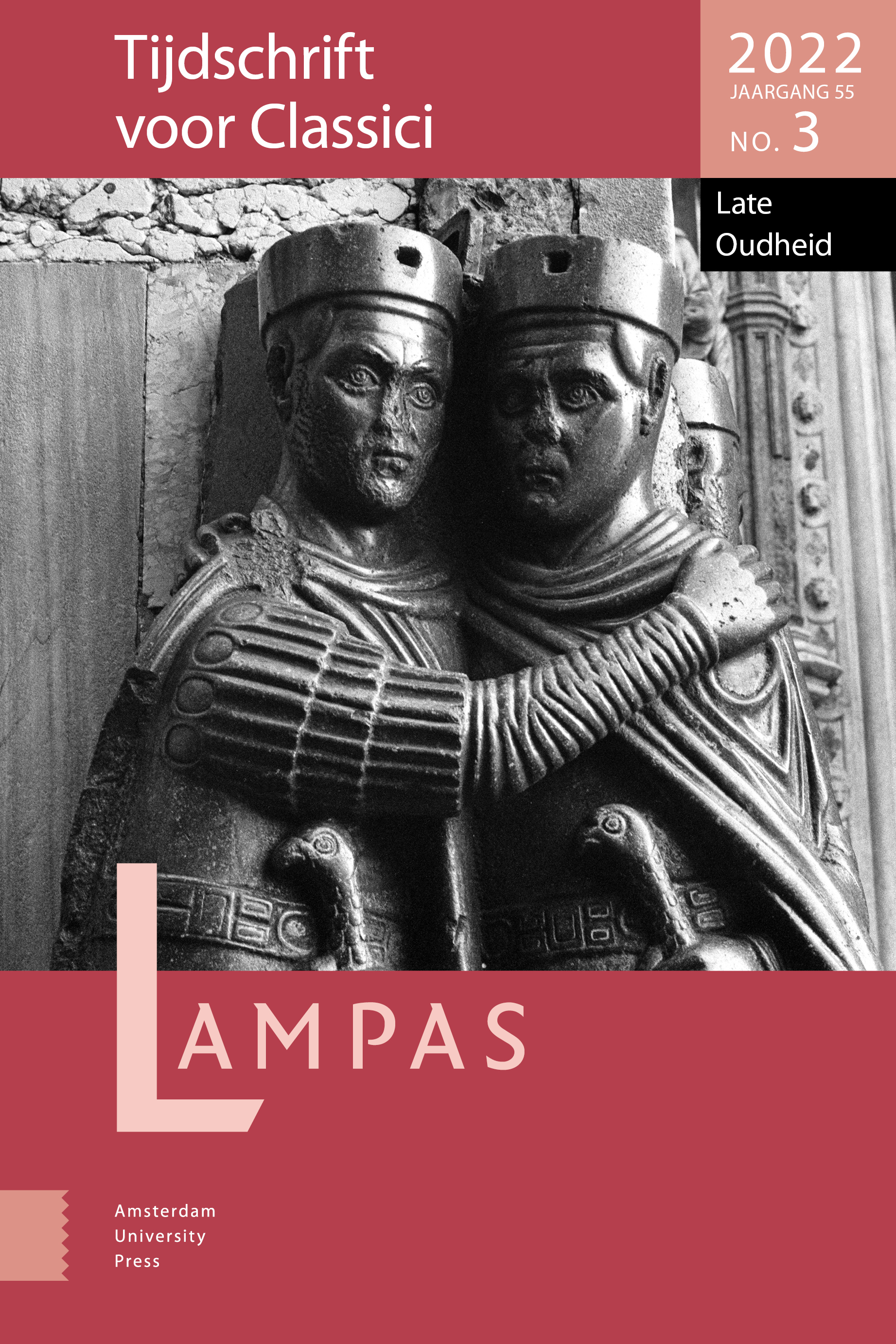-
oa Ere-inscripties
Volk en elite, gemeenschap en individu
- Amsterdam University Press
- Source: Lampas, Volume 54, Issue 1, Jan 2021, p. 67 - 91
Abstract
This paper offers a presentation of the genre of honorific inscriptions, engraved on statue bases. This type of inscriptions has received a lot of recent scholarly attention and is particularly valuable to illuminate the workings of civic societies of the Hellenistic and Imperial periods. The paper first reflects on the chronology of the genre, which expands as the habit of engraving honorific decrees simultaneously declines. Then it studies the actors involved in the honorific transaction and establishes the differences (but also the points of contact) between public and private honorific inscriptions, while shedding light on the actions and qualities that may be worthy of the honour of a statue. Finally, it returns to the identity of the honorandi, whose status and social prof ile can vary greatly. The engraved texts thus may publicize relationships on the scale of a city, a region, a kingdom or an empire.


